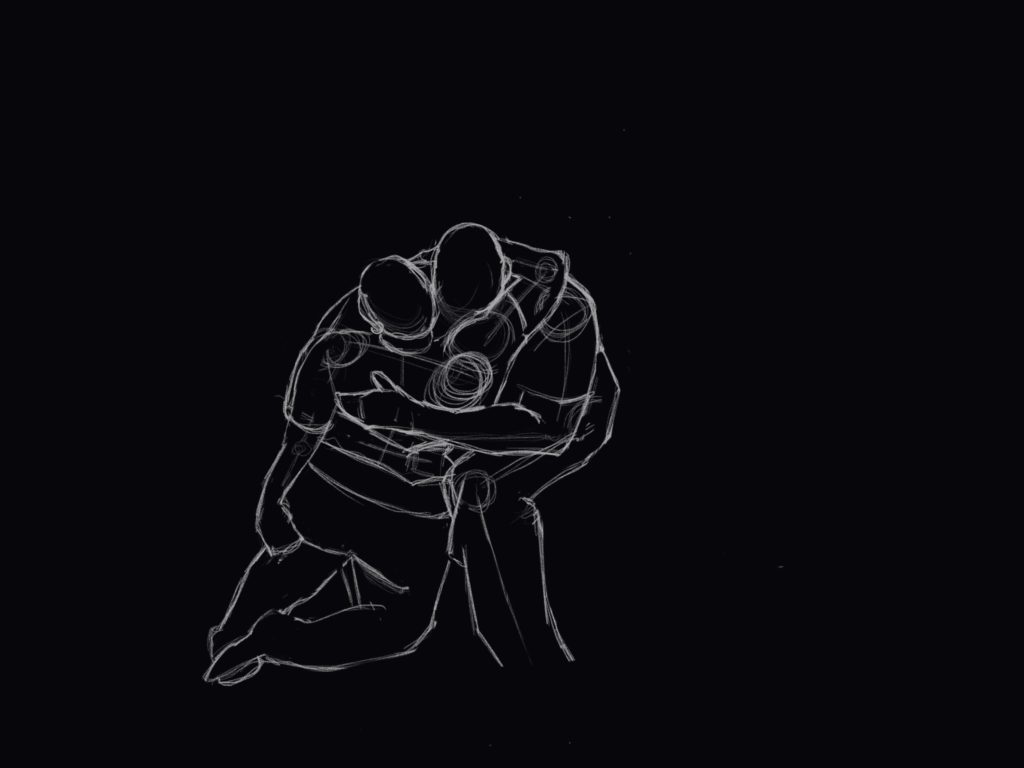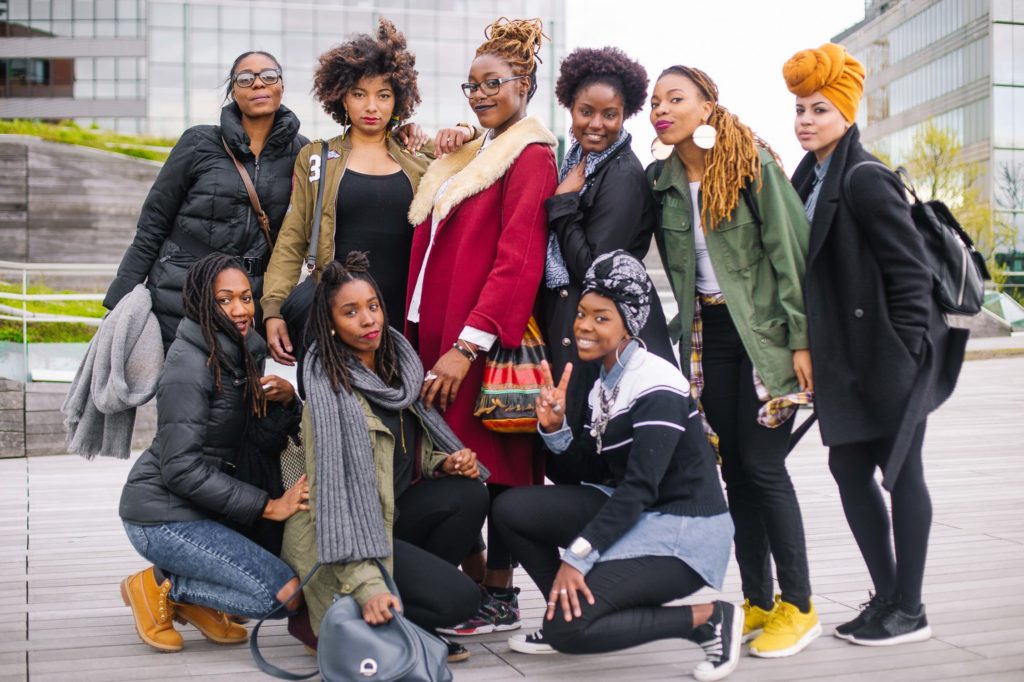What is blues dancing? How do I explain blues dancing to people? Is it just doing whatever you want? So, it’s like free-style?
As a professional blues dance instructor and ex-organizer, I get these questions all the time; and on Obsidian we have never taken the time to answer them.
What is blues dancing? Blues dancing is, like most things, a made-up term. Its origins are heavily debated, but what is clear is that the movements, styles, and dances can be traced back to styles of dance that occurred around the same time as blues music. At the time the world wasn’t as connected as it is now and so there are many names for similar movements and different styles developed in different areas. The one thing that ties all of it together is the music and a few foundational ideas.
The styles that were created weren’t always known by names at the time since they were “just dancing”. Sometimes people think that makes it less legit; but if you asked kids today about popular movements, sometimes they are associated with a name, but oftentimes they will say they are “just dancing”.

If Blues dancing is “just dancing” doesn’t that mean it’s just freestyle? That you can do whatever you want? That there isn’t anything to “learn” it’s just expression?
NOPE.
If you have wondered if Blues dancing is just freestyle I urge you to consider the way that Black communities learn the arts and the importance of the oral culture. In White American Culture everything must be written down, categorized, named and dissected to be considered real. That’s not the way it is in Black American culture.
On one hand, we learn the arts by exploring and doing. Although you are free to explore, the people in your life will bluntly tell you if it’s good or not. The community relegates you. An example: when I was a child I wanted to play piano. A relative plopped me down in front of a piano and told me to play. I told him I didn’t know how, he told me to just play. As I played around with the piano he’d tell me when things sounded good or not. He’d tell me to lean into the music and feel it.
At some point, I realized that if I kept doing this, these foundational ideas would continue being told to me by him and then other mentors, until I narrowed my style down to want I wanted to sound like. Technically, I could do whatever I wanted, but it was also clear that some things were valued as music, and as the style, I eventually wanted to work towards. As a culture, we highly value the foundations of things. Innovation isn’t doing whatever you want but building on the foundations and being creative within that; or intentionally breaking those rules while acknowledging that they still matter.
There isn’t an absence of rules but they are implied and regulated through the community and oral teachings instead of learning in a classroom setting. This is why white blues artists often sounds different than Black blues artists. There is more than just playing the correct notes to do the music correctly.
Just because the rules aren’t written down doesn’t mean there is a lack of rules in blues dancing
In essence, blues dancing is a catch-all term used to describe dancing to blues music with certain foundational expectations. Some are movement-based, many are not. From these foundational values, there are many idioms, or styles, that have come out of that that are all considered blues dances. These dances have come out of different points in time and areas of the country but are deeply tied to the music they were created for. Due to the nature of the culture and the race relations in the country, it can be hard to find examples of the dances.
Black people had neither the interest nor the means to record this dancing; White Americans had the ability but none of the interest. Unlike Lindy hop, another older style, that was picked up and often watered down for White Americans, dancing to blues music stayed reasonably tied to its roots and out of the mainstream White American culture.
As blues dancing is a more recent catch-all wording, it’s easy to divide blues dances into two general types: the type you’d do at a juke joint, and the type you’d do at a Black ballroom.
There are mentions of some of these dances in many different texts and they can sometimes be seen in media around blues.
Some of these dances are:
- Grinds
- Mooch
- Fish tail
- Snake hips
- Buck dancing
- Wing dances
- Funky butt
- Struttin’
- Texas shuffle
- Savoy walk
- Stride
- Black bottom
- Breezy knees
- Chicago triple
- Piedmont triple and so many more.
Some of these have examples on video that you can watch!
Although each dance has its specific rules because of its tie to the music in general, they all also have some common values, themes, and movement patterns associated. Add in improvisation and some innovation and to a new person, it can be hard to notice that people are following rules. The styles of dance that fall under blues dancing are diverse and intricate. Since the goal of a good dancer is to make it look effortless, many people assume there is no substance; but they couldn’t be more wrong.
Blues dancing is a family of dances all based on dancing to different styles of blues music. It is relaxed and highly improvisational but has strong foundations that tie the styles together. Some of these foundational ideas are; improvisation, groundedness, lag, pulse, equal partnership, musicality, polyrhythm and polycentrism, and of course cool. Although these ideas can be found in many African American Vernacular dances, many people love dancing to blues music for its wide range of expression and connection.
Editors Note: This post has been updated for clarity in 2020.


